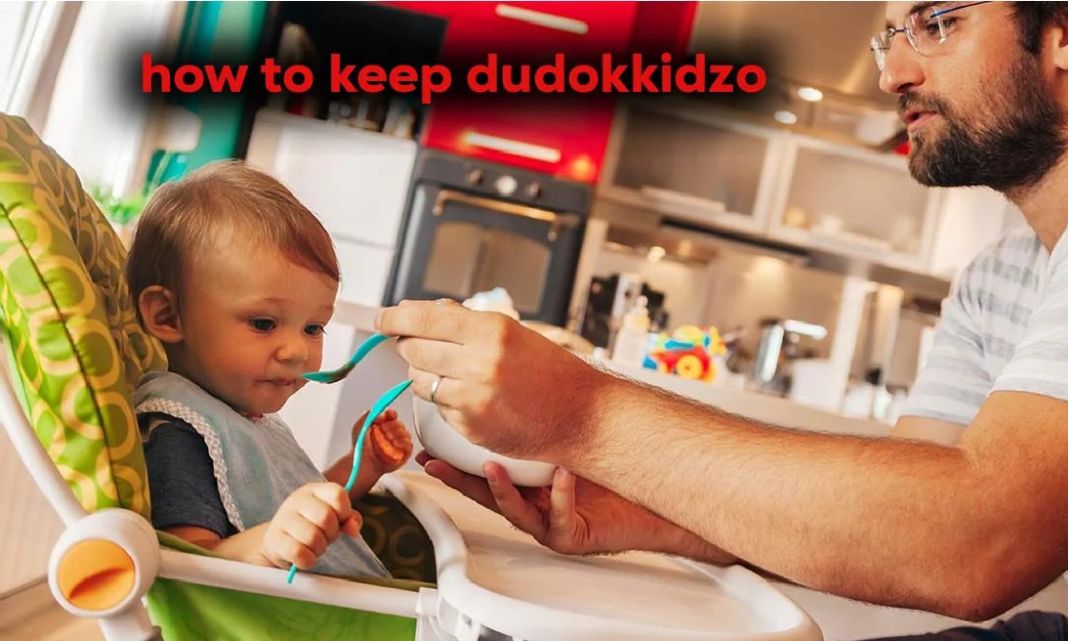The word dudokkidzo has been gaining attention online, sparking curiosity about its meaning and how to “keep” it. While it may sound unfamiliar, people are searching for practical ways to understand, preserve, and manage dudokkidzo.
In this guide, we’ll break down everything you need to know about how to keep dudokkidzo, including:
- The origins and context of the term.
- Why it’s important.
- Step-by-step tips to maintain or “keep” it effectively.
- Variations and uses of dudokkidzo in daily life.
By the end, you’ll have a clear idea of what dudokkidzo is and how to handle it the right way.
What is Dudokkidzo?
Before you can keep it, you need to understand dudokkidzo. Based on the way it’s used, dudokkidzo can refer to:
- A concept (a cultural or symbolic idea).
- A practice (something you do or maintain).
- A unique item or system (something that needs care and protection).
Even though dudokkidzo may not have a single universal definition, most discussions connect it with responsibility, preservation, and awareness.
Why Should You Keep Dudokkidzo?
People ask “how to keep dudokkidzo” because it carries value and significance. Some possible reasons include:
- Cultural Importance – Dudokkidzo could be a tradition or practice worth preserving.
- Personal Growth – Keeping dudokkidzo can represent mindfulness, patience, or discipline.
- Symbolic Value – It might act as a metaphor for balance, order, or harmony.
- Practical Application – In some contexts, it could relate to managing resources, time, or even digital systems.
How to Keep Dudokkidzo: Step-by-Step Guide?
Here are practical steps you can apply, whether dudokkidzo is a concept, practice, or system:
1. Understand Its Core Purpose
Ask yourself: What does dudokkidzo represent in my life or community?
- If it’s cultural, learn its history.
- If it’s practical, identify its main use.
2. Respect the Process
To keep dudokkidzo, you need patience and respect. That means:
- Avoid shortcuts.
- Follow traditional or proper methods.
- Stay consistent in practice.
3. Create a Routine
Keeping dudokkidzo isn’t a one-time act. Build a daily or weekly habit around it.
- Set reminders.
- Dedicate specific time for dudokkidzo care.
- Involve family, friends, or community if needed.
4. Protect It from Disruption
Dudokkidzo may be fragile—either physically or symbolically. To keep it safe:
- Limit distractions or harmful influences.
- Maintain focus.
- Ensure it isn’t forgotten in your busy life.
5. Pass It On
The best way to keep dudokkidzo alive is to share it:
- Teach others.
- Document it.
- Practice openly so it continues into the future.
Common Mistakes When Trying to Keep Dudokkidzo
Many people fail because they:
- Ignore consistency – skipping routines weakens the practice.
- Don’t understand its meaning – without context, it becomes empty.
- Treat it casually – dudokkidzo requires care and seriousness.
- Forget to adapt – sometimes, keeping dudokkidzo means adjusting it for modern life.
Frequently Asked Questions (FAQs)
1. What is dudokkidzo?
Dudokkidzo is a term that can describe a concept, tradition, or system that needs care and preservation.
2. Why is it important to keep dudokkidzo?
Because it holds cultural, personal, or symbolic value, keeping it ensures it isn’t lost or forgotten.
3. How do I start keeping dudokkidzo?
Begin by understanding its purpose, creating a routine, and practicing it consistently.
4. Can dudokkidzo change over time?
Yes. Like many traditions or practices, dudokkidzo may adapt to modern life while keeping its core meaning.
5. Is there a wrong way to keep dudokkidzo?
Yes. Ignoring its meaning, neglecting consistency, or treating it casually can all lead to losing dudokkidzo.
Conclusion
Learning how to keep dudokkidzo is about more than just following steps—it’s about respecting its value, practicing with consistency, and passing it forward. Whether it’s a tradition, lifestyle choice, or symbolic system, the key is to understand, protect, and share it.
By keeping dudokkidzo alive, you help ensure it remains meaningful for yourself and others.

